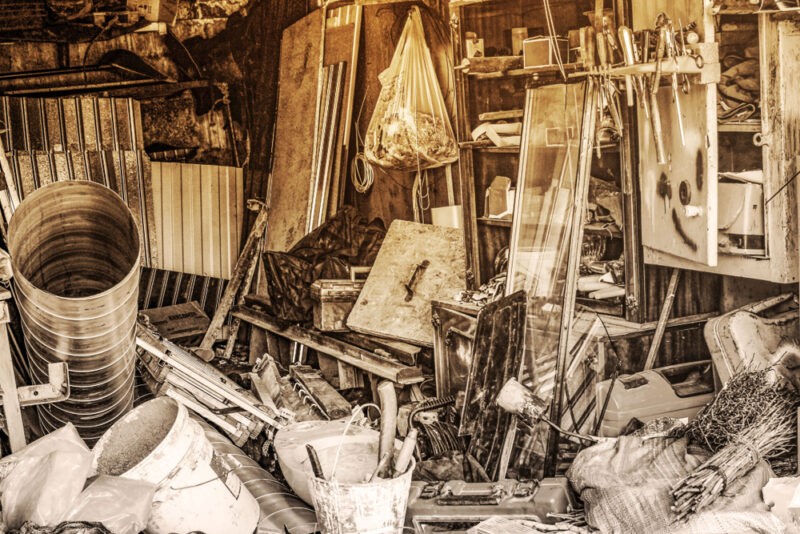
As we go through life, we accumulate many reminders from the past – all good until it gets overdone and starts taking over our living space. Aging in place well means having a safe and comfortable living space.
Assistive features are helpful
To age in place well and accommodate the passing years, most of us have read or been told that we need to install or purchase certain safety or convenience features to have in our homes. While this generally is true, this may not be the primary consideration. To be sure, safety is key. However, building or installing something because it typically works for aging in place concerns may not address the issues at hand.
Modifications and improvements can be helpful, but there likely is a larger issue to consider.
There’s an old adage that less is more. Likely, we have heard this. To apply this concept to an aging in place home environment, we might be tempted to build solutions for our clients but then we would be adding to the volume of materials in the home rather than reducing or minimizing it.
Minimizing what we have
What do most of us have that we wish we had less of, and I’m not talking about anything to do with the scale. I’m talking about the excessive accumulation and storage of a multitude of materials in our homes. In a word, clutter is what affects most of our living spaces.
Clutter, or the accumulation of various materials and items over time, is largely a function of age. The older we are, the more we will have to collect what we see now. Some people are larger collectors than others, but we all have tangible memories and keepsakes that have come through the years with us.
Our stuff, as we often call it, anchors us to our past and enhances our mental health. Life would be pretty plain if we had nothing tangible to remind us of things we had experienced – photographs, artwork, programs from events attended, awards we have received, letters and postcards from friends and family, official documents (licenses, registrations, applications, certificates, and diplomas), clothing that made us feel good or that we purchased for a special occasion, sporting goods, collectibles, souvenirs from places visited, and more.
The elephant in the room
Many of us would acknowledge that we simply have too much stuff taking up valuable space in our homes. But how do we make some sense of it? The easiest thing to do would be just to start with everything that we haven’t looked at or used in a year or so (except seasonal items or important documents and family photos) and find it another home away from us – donating, selling, repurposing, or discarding such items.
We don’t have to make major strides in reducing what we have in our homes, but we need to something. How about discarding at least one (and possibly two) older items for every new one that we bring home or want to purchase and introduce into our household? This way, we keep things from growing so much.
Unless we want to have a totally austere life with little to no visible possessions or keepsakes, we will have items in our homes that need a place to stay. Managing this is our largest safety challenge.
